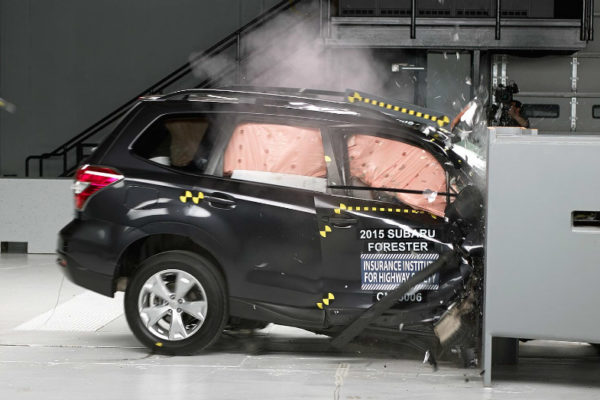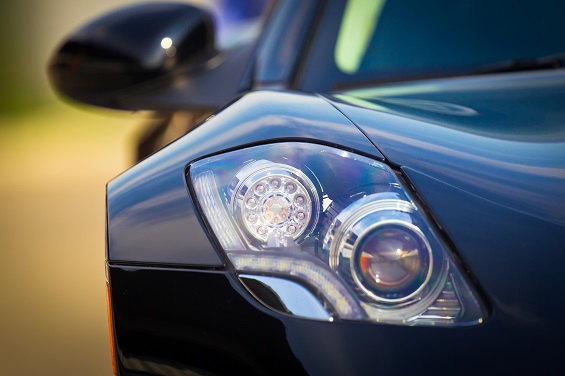
Continuing Toward Safety
When safety began to become a concern for the automotive industry the place where most manufacturers focused was in the driver area of a car. This is where airbags first showed up and the side of the car that the front overlap crash test has been tested for many years. While we do care about the passengers in vehicles, airbags on this side of the car took a while to become important, standard, and installed for the safety of those that ride along with you. Now, the IIHS has chosen to create a new test to aid in even more passenger safety.
This new test is called the passenger-side small overlap front crash test which will be used to test models beginning with the 2018 model year. This will be part of the selection of tests used to allow a vehicle to receive the Top Safety Pick + award. In order to qualify for this coveted rating, a vehicle will need to receive either a good or acceptable rating for this test to ensure the passengers that are aboard can feel safe and know they are being protected in case of an accident, which can happen on the road.
The Testing Has Begun
The IIHS team began with thirteen vehicles that have already been put to the test to see which ones would be able to pass the test and be able to protect the passengers inside. Thankfully, ten of the thirteen were able to receive a good rating. One was able to receive an acceptable rating and two are going to need to improve because they only received a marginal rating on this test. One of the most impressive performers for this test was the Subaru Outback which earned a good rating, as did the Subaru Legacy.
The Outback was able to maintain the side of the vehicle fairly well and only had a maximum of four-inches of intrusion into the toepan of the vehicle. The seatbelt and airbags work together to keep the dummy in place and allow it to stay safe. The two models that receive the marginal rating for this test were the Chevrolet Malibu and the Volkswagen Passat. The dummy’s head in both of these vehicles slid off the front airbag and came in contact with the dashboard. These two models didn’t show significant structural damage to the vehicle which makes the work that needs to be done for these two to improve minimally.
The vehicle that sustained the most structural damage during the test was the Mazda6. The intrusion into the passenger area reached nine-inches at the lower door hinge pillar, which was four more inches than the driver’s side when that side was tested. Even though the intrusion was greatest for the Mazda6, the airbags and seatbelts work well together to protect the dummies in the vehicle to avoid any potential injuries. This result allows the Mazda6 to earn a good rating overall, but this structural area needs to be addressed for the future. In the future, this test will be used and we’ll see how other models stack up as we move closer to the 2018 model year.
This post may contain affiliate links. Meaning a commission is given should you decide to make a purchase through these links, at no cost to you. All products shown are researched and tested to give an accurate review for you.




